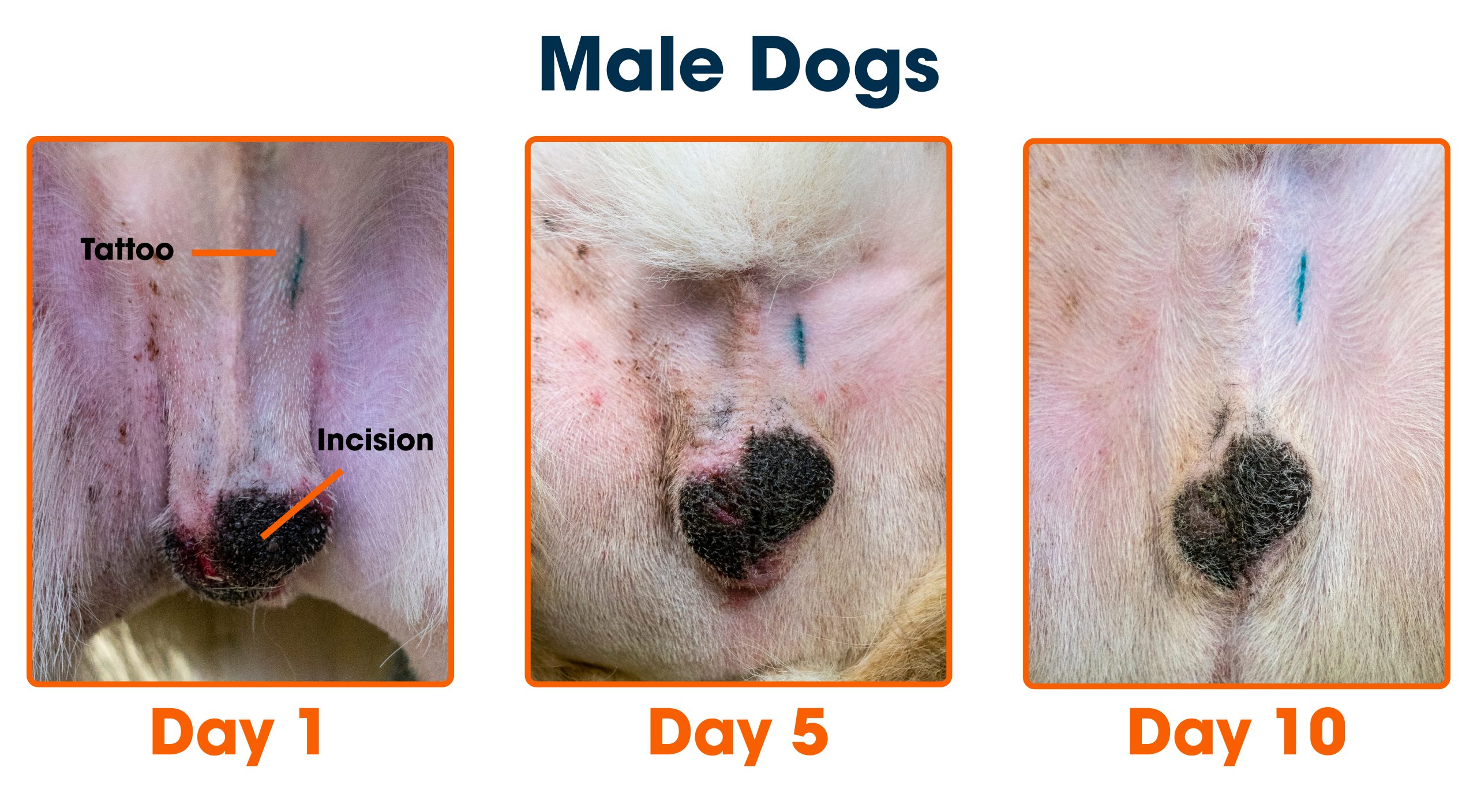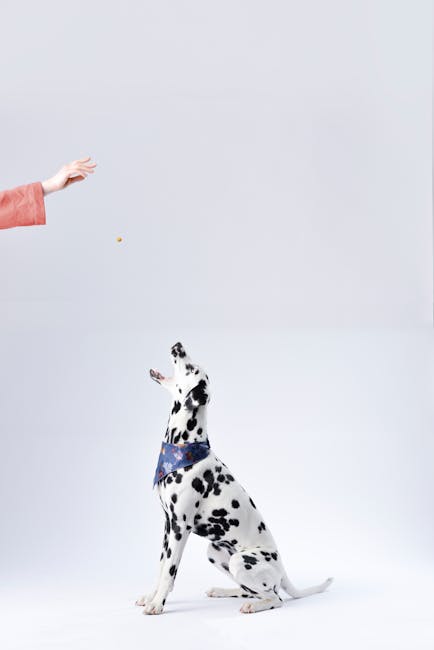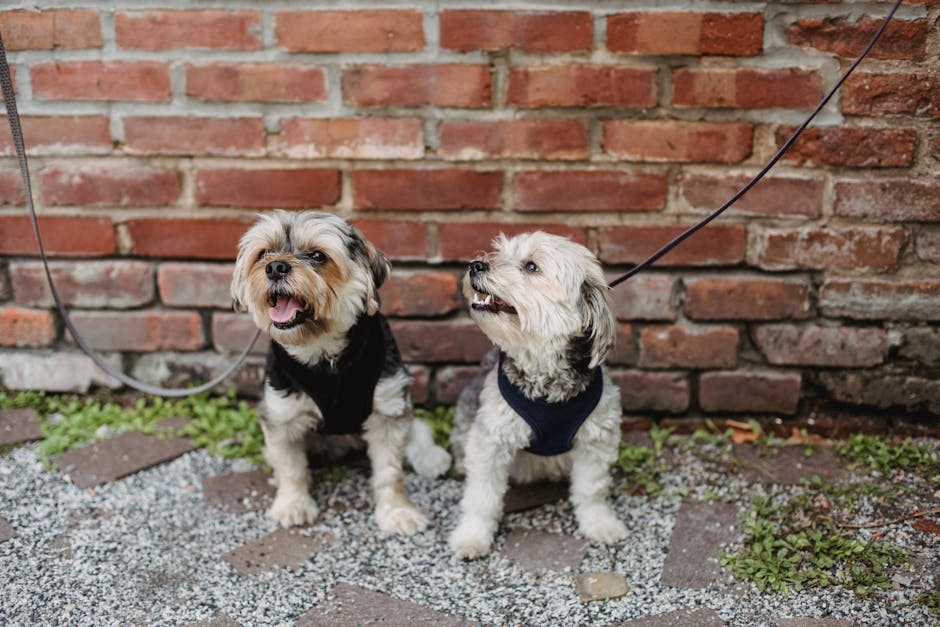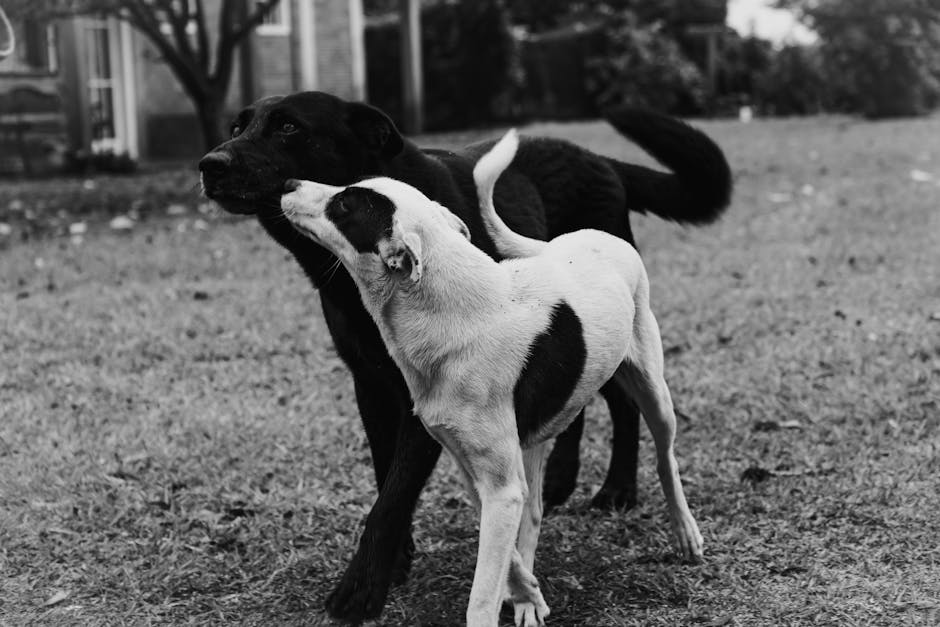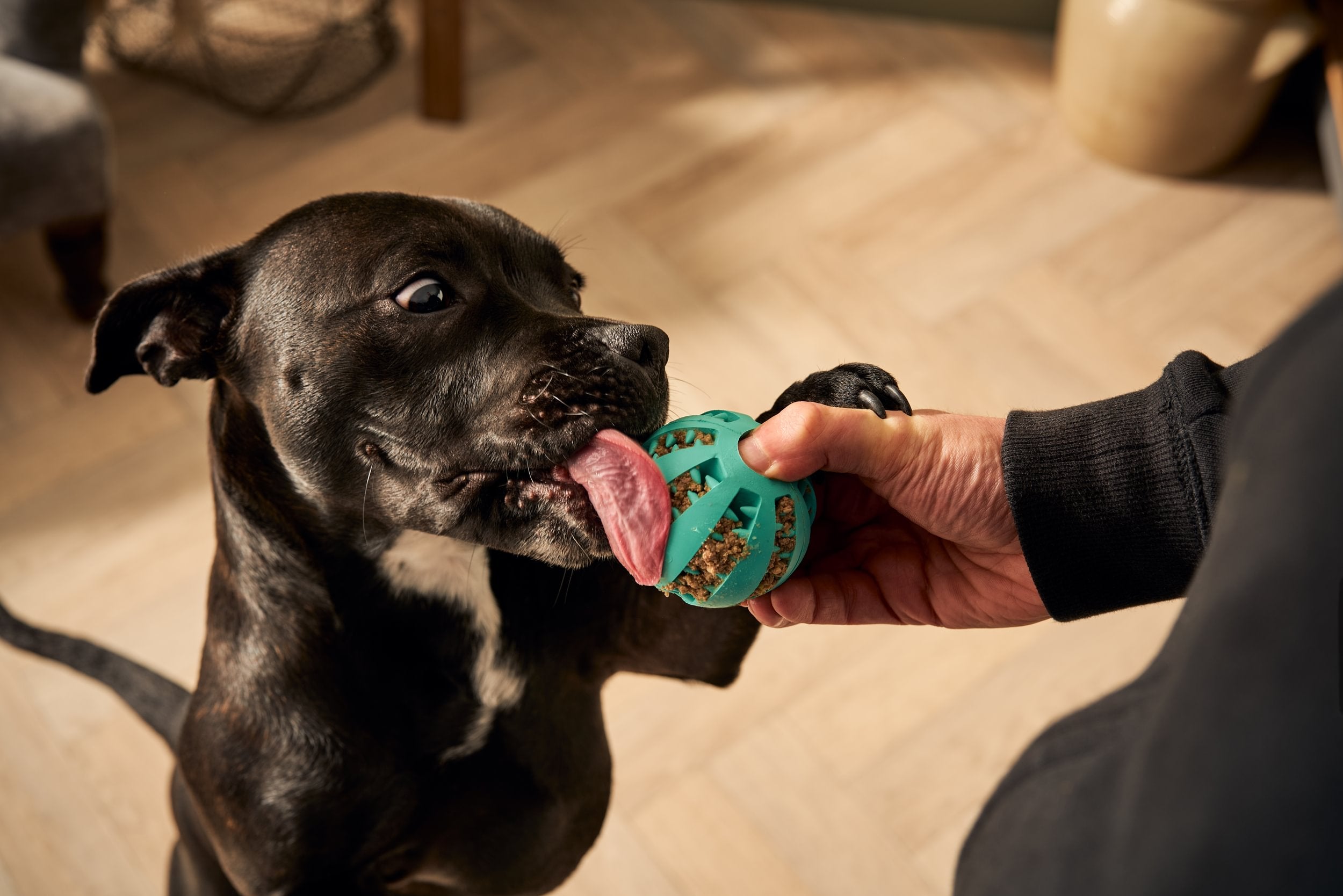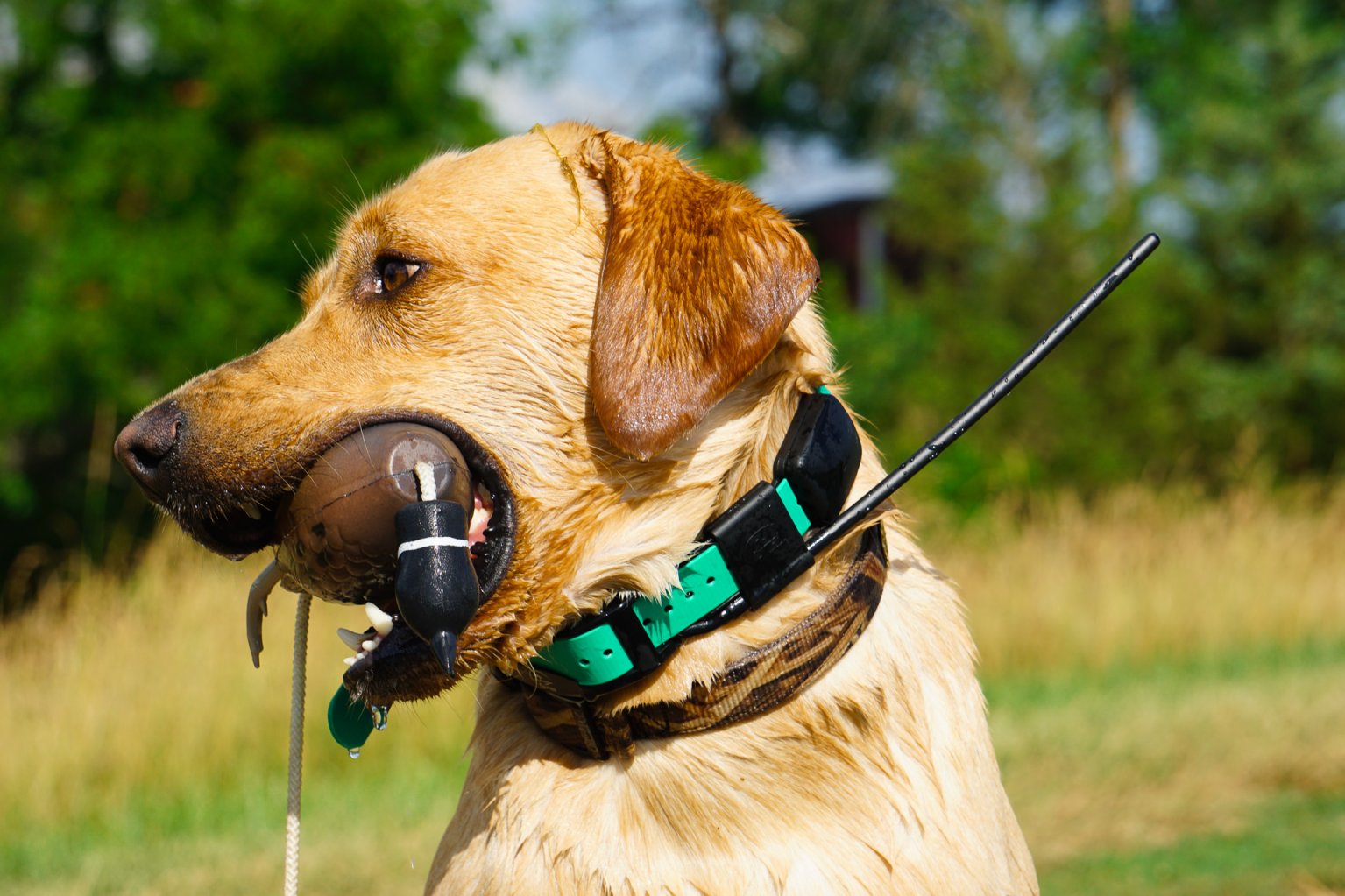Are you struggling to train your dog and wish there was a simple, effective tool to help? Choosing the best training collar for dogs can make a huge difference in how quickly and easily your furry friend learns.
But with so many options out there, how do you know which one truly works? You’ll discover the top collars designed to keep your dog safe, happy, and well-behaved. Keep reading to find the perfect training collar that fits your needs and strengthens the bond with your loyal companion.
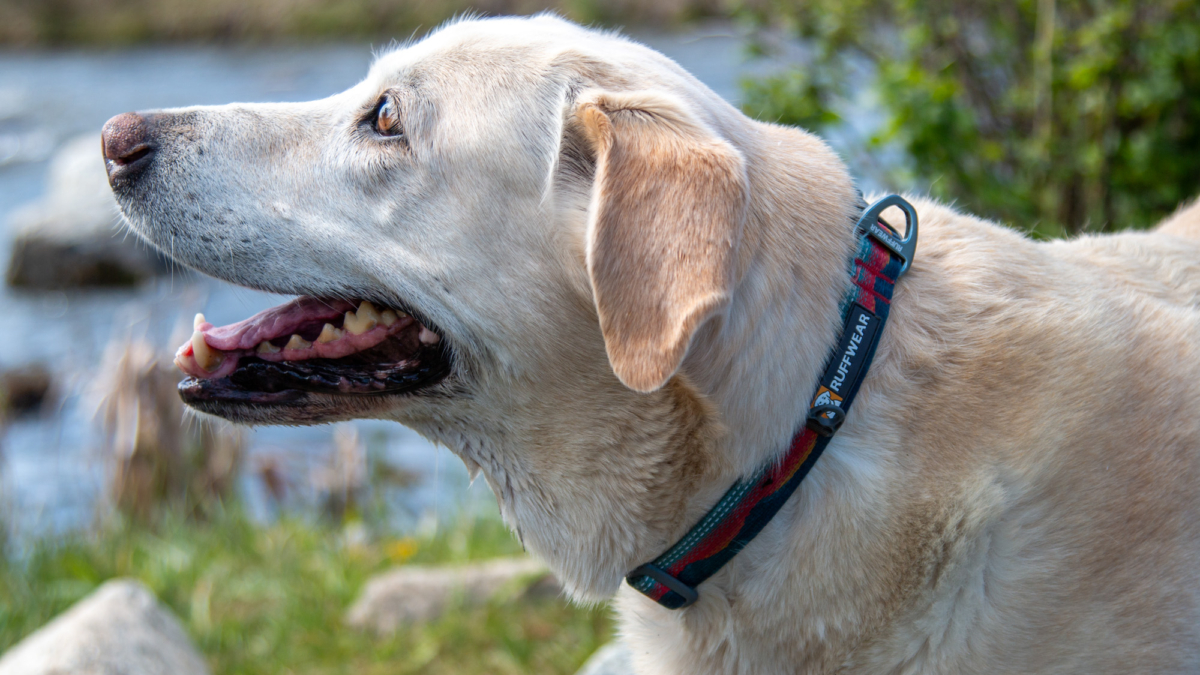
Credit: gearjunkie.com
Types Of Training Collars
Training collars come in different types, each designed for specific training needs. Choosing the right collar depends on your dog’s behavior and your training goals. Some collars use sound, some use touch, and others use scent to get your dog’s attention.
Static Shock Collars
Static shock collars deliver a mild electric pulse to the dog’s neck. The pulse acts as a correction to stop unwanted behavior. These collars often have adjustable levels to control the intensity. Use caution and avoid high settings to keep your dog safe.
Vibration Collars
Vibration collars send a gentle buzz instead of a shock. They are useful for dogs that respond well to touch. These collars work well for deaf dogs or sensitive pets. The vibration alerts the dog without causing pain.
Ultrasonic Collars
Ultrasonic collars emit a high-pitched sound that dogs can hear but humans cannot. The sound grabs the dog’s attention quickly. This type is good for training without physical contact. Ultrasonic signals help interrupt bad behavior gently.
Citronella Collars
Citronella collars spray a burst of citronella scent near the dog’s face. Most dogs dislike the smell and stop their unwanted action. These collars are an alternative to static shock devices. They provide a safe and natural way to correct behavior.
Choosing The Right Collar
Choosing the right training collar for your dog can make a huge difference in how effectively you communicate during training sessions. The perfect collar suits your dog’s unique characteristics and meets your specific training needs. Let’s look at key factors to consider so you can find a collar that works well and keeps your dog safe.
Dog’s Size And Breed
Different dogs require different collars based on their size and breed. A small Chihuahua needs a lightweight, adjustable collar, while a strong Labrador may require a sturdier, more durable option.
Think about your dog’s neck size and fur thickness. Thick fur might need a collar with better contact points or a snug fit to work effectively.
Also, some breeds have sensitive skin or specific behaviors that influence collar choice. Have you noticed your dog pulling hard or getting irritated by certain materials?
Training Goals
Your goals shape the type of collar you should choose. Are you teaching basic commands, curbing barking, or handling leash pulling?
For example, a simple flat collar or harness might be enough for general obedience. But if you want to manage pulling, a no-pull harness or a head collar could be better.
Consider if you want remote control features or vibration settings for correction. What training outcomes matter most to you and your dog?
Safety Considerations
Safety always comes first. Avoid collars that could cause injury, such as choke chains or prong collars if used incorrectly.
Look for collars with automatic shut-off features or adjustable intensity to protect your dog from over-correction.
Check for materials that won’t irritate your dog’s skin and ensure the collar fits well to prevent slipping or choking. How will you monitor your dog’s comfort during training?
Features To Look For
Choosing the right training collar is key to effective dog training. Certain features make a collar more useful and safe. Focus on the functions that help you control and communicate with your dog clearly.
Adjustable Settings
Collars with adjustable settings offer more control. You can change vibration, sound, or static levels. This customization fits your dog’s size and sensitivity. Start with low settings to avoid stress. Adjust as your dog learns and responds better.
Range And Distance
Range defines how far the collar works from the remote. Longer range suits outdoor training in open spaces. Shorter range works well for small yards or indoor use. Check the product details for exact range limits. Reliable connection ensures commands reach your dog every time.
Battery Life
Long battery life means longer training sessions without interruption. Look for collars with rechargeable batteries or easy replacements. Some collars show battery status on the remote. This feature helps avoid unexpected power loss during training.
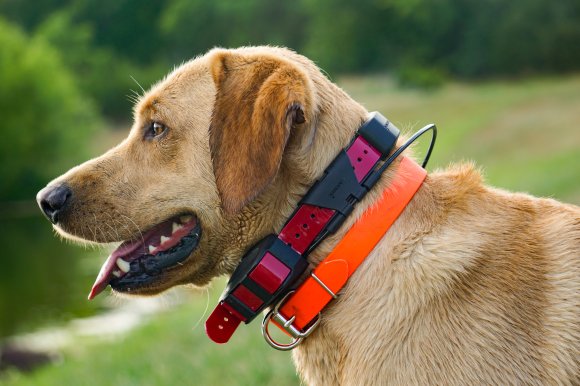
Credit: www.outdoorlife.com
Top Picks For Effective Results
Choosing the right training collar can make all the difference in your dog’s behavior. Some collars suit tight budgets without losing quality. Others offer advanced features for serious trainers. There are also eco-friendly models that care for the planet and your pet.
Budget-friendly Options
Affordable collars can deliver strong results. Look for models with adjustable settings and durable materials. Basic vibration or beep functions help guide your dog gently. These collars fit well for beginners or small dogs.
- Simple remote control for easy use
- Water-resistant design for outdoor training
- Rechargeable batteries for cost savings
High-end Choices
Premium collars provide extra control and precision. They often include multiple training modes and long-range remotes. Some offer GPS tracking and smartphone connectivity. These features suit experienced trainers or large, active dogs.
| Feature | Benefit |
|---|---|
| Multiple correction levels | Customizable to dog’s size and temperament |
| Extended remote range | Effective for outdoor and open areas |
| Smartphone app integration | Convenient control and tracking |
Eco-friendly Alternatives
Eco-friendly collars combine safety and sustainability. Made from recycled or natural materials, they reduce waste. These collars avoid harmful chemicals and use solar or long-lasting batteries. Good for owners who want green options.
- Biodegradable fabrics for less pollution
- Non-toxic dyes and components
- Energy-efficient charging methods
Tips For Successful Training
Successful dog training needs patience and the right approach. Training collars can help, but your method matters most. Understanding key tips improves results and builds a strong bond with your dog.
Consistency In Training
Use the training collar the same way every time. Set clear rules and stick to them. Training works best with regular sessions at similar times. Consistency helps your dog learn faster and avoid confusion.
Positive Reinforcement
Reward good behavior with treats or praise. Positive reinforcement motivates your dog to repeat desired actions. Avoid punishment, which can cause fear or anxiety. A happy dog learns better and trusts you more.
Understanding Your Dog’s Needs
Every dog is different. Some respond well to gentle collars, others need firmer guidance. Watch your dog’s reactions closely. Adjust training speed and collar settings to suit their comfort and temperament.
Common Mistakes To Avoid
Choosing the best training collar for your dog can be a game-changer, but using it incorrectly can lead to frustration for both of you. Avoiding common mistakes ensures the collar helps rather than hinders your dog’s progress. Let’s look at some frequent errors that many dog owners make and how you can steer clear of them.
Overuse Of Collars
Using a training collar too often can confuse or stress your dog. Collars are tools meant for specific training moments, not continuous use throughout the day. Have you noticed your dog becoming anxious or resistant after long collar sessions? It might be time to limit the collar’s use to short, focused training periods.
Remember, giving your dog breaks from the collar builds trust and keeps training positive. Overuse can lead to your dog tuning out commands or developing negative associations.
Ignoring Behavioral Signs
Your dog communicates constantly through body language and behavior. Ignoring signs like lip licking, yawning, or turning away can mean missing stress signals caused by the collar. Have you ever seen your dog freeze or avoid eye contact during training? These are clear signals to adjust your approach.
Pay attention to these subtle cues and modify your training accordingly. Skipping this step risks harming your dog’s confidence and can slow progress.
Improper Fit
A collar that’s too tight can cause discomfort or injury, while one that’s too loose won’t work effectively. You need to check the fit regularly as your dog grows or changes weight. Can you comfortably fit two fingers between the collar and your dog’s neck? If not, it’s time to adjust or switch collars.
Proper fit ensures the collar works as intended and keeps your dog safe. Don’t guess—take the time to measure and test the fit often.
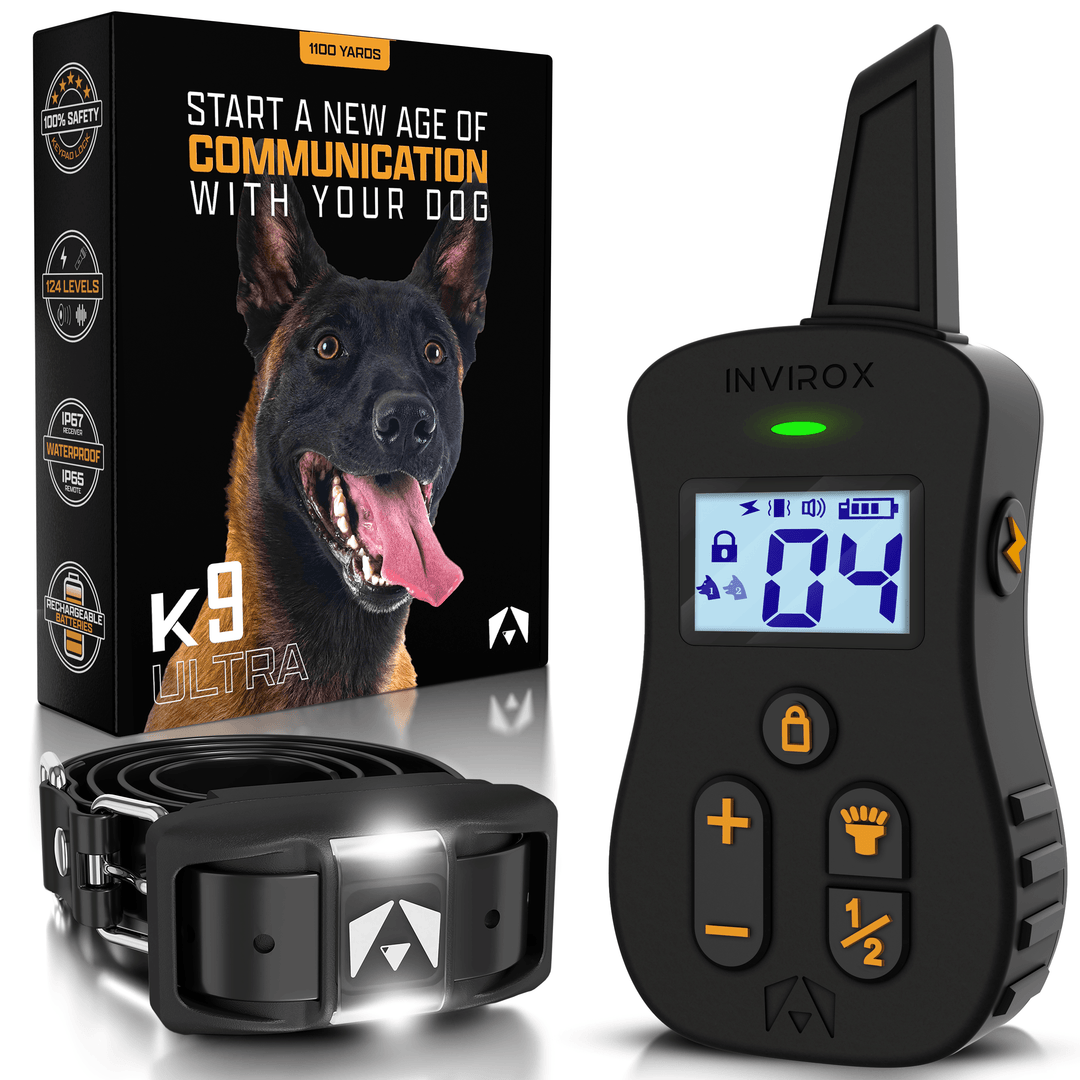
Credit: www.invirox.com
Frequently Asked Questions
What Is The Best Training Collar For Dogs?
The best training collar depends on your dog’s size and temperament. Popular options include vibration, static, and spray collars. Choose one with adjustable settings and humane features for effective training and safety.
How Do Training Collars Help With Dog Behavior?
Training collars provide consistent feedback, helping dogs learn commands faster. They correct unwanted behaviors like barking or pulling. Proper use enhances communication between owner and dog, improving obedience and behavior.
Are Training Collars Safe For All Dog Breeds?
Most training collars are safe if used correctly. Always select collars designed for your dog’s size and age. Avoid excessive correction and consult a vet for sensitive or small breeds to ensure safety.
Can Training Collars Be Used For Puppies?
Yes, but with caution. Puppies need gentle training collars with low-intensity settings. Early training helps build good habits, but avoid harsh corrections to prevent fear or anxiety.
Conclusion
Choosing the right training collar helps your dog learn better. Pick one that suits your dog’s size and behavior. Comfort and safety must always come first. Regular use and patience bring the best results. Training builds trust and improves your bond.
Keep the sessions short and positive. Watch how your dog responds and adjust as needed. Consistency makes training easier over time. A good collar supports your dog’s growth and happiness. Start training today for a well-behaved, happy dog.

